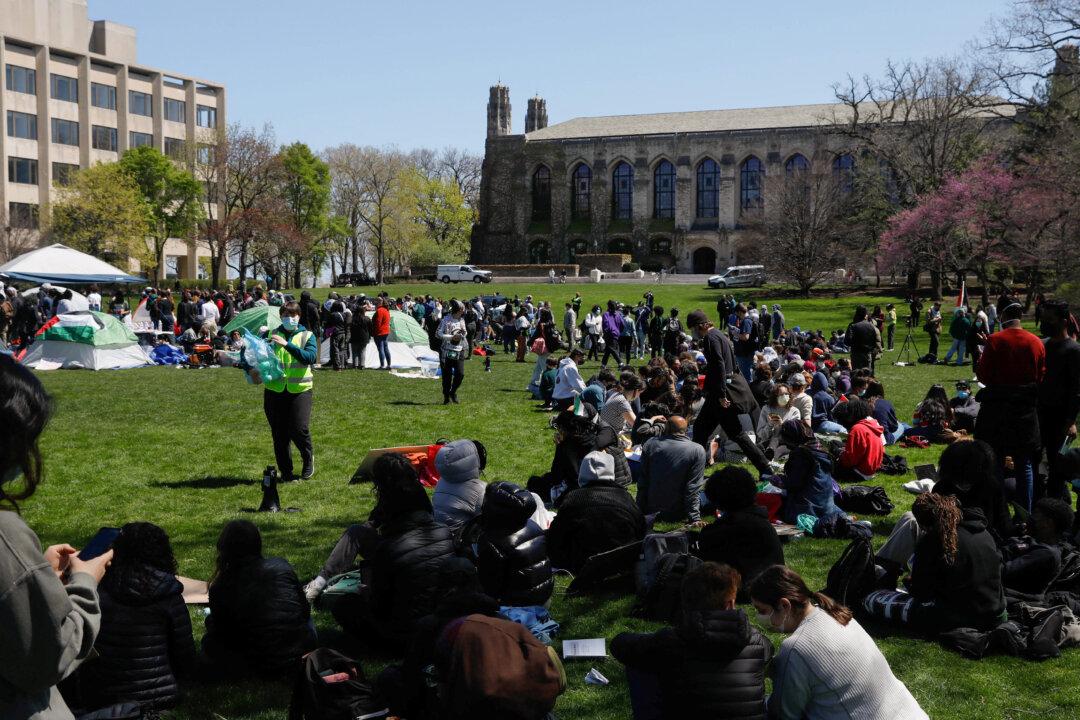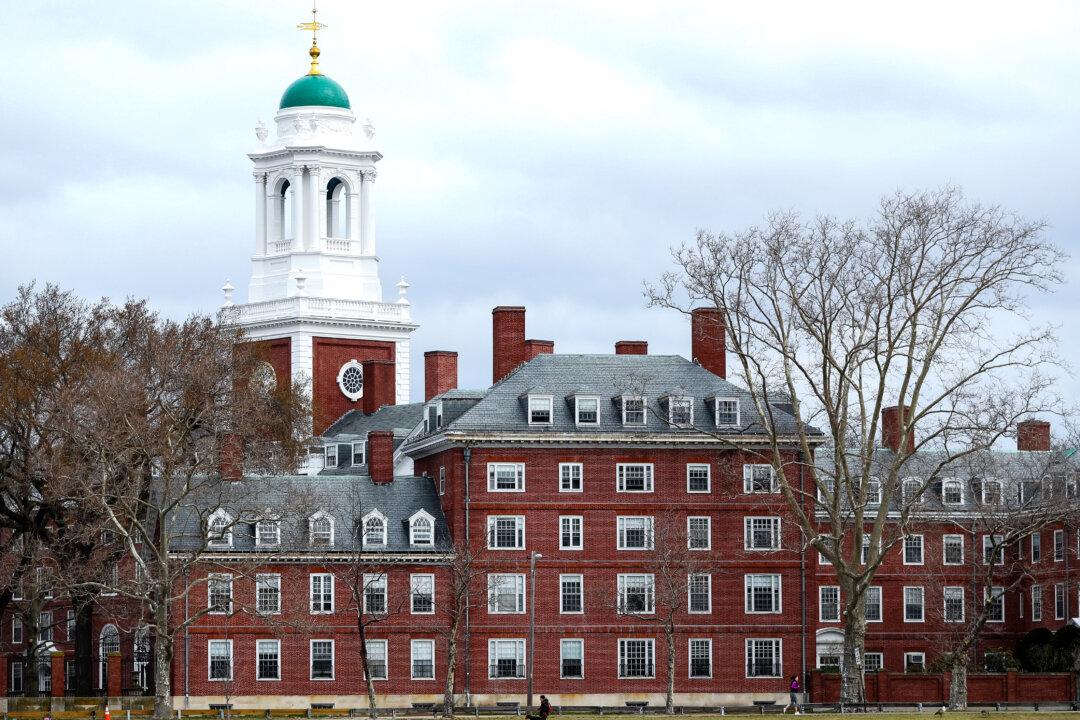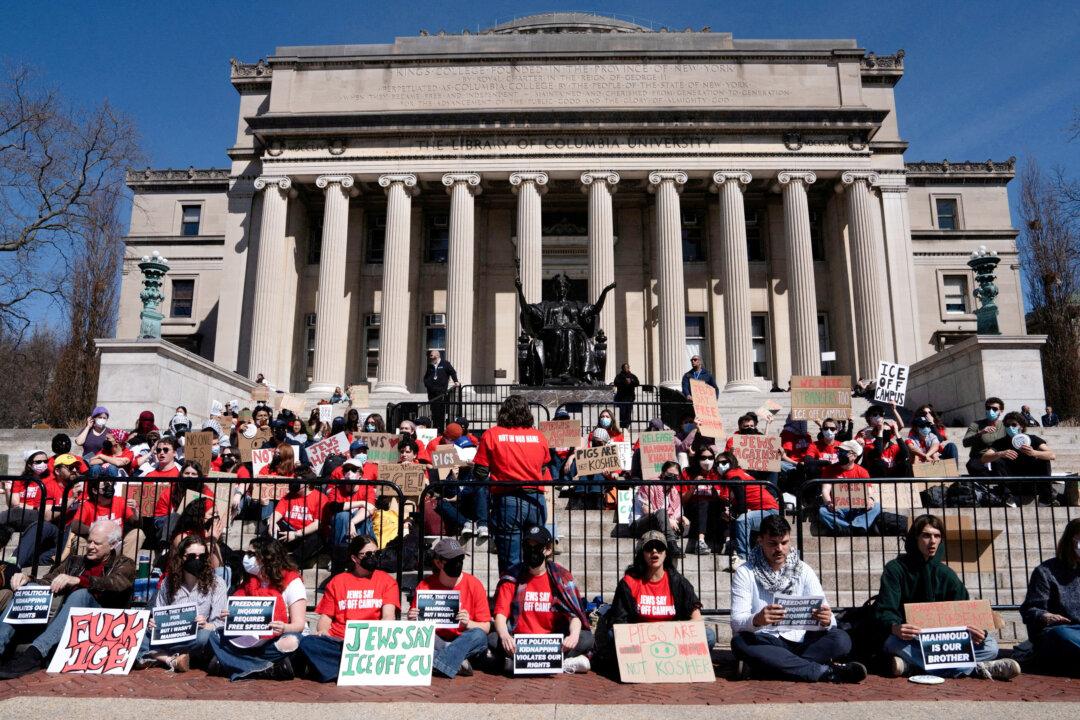A harsh reality of communism is that when an atheist state dictates every aspect of people’s lives, life itself becomes cheap and expendable in the eyes of the state, according to Elizabeth Spalding, founding director of the Victims of Communism Museum in Washington.
“Today, that figure is more than 1.5 billion people [living under communism],” she told host Jan Jekielek. “Because if you count up the populations of the PRC (People’s Republic of China), North Korea, Laos, Vietnam, and Cuba, you get to over 1.5 billion.”
Part of the museum features the horror of Holodomor, a man-made famine that killed an estimated 4 million people from 1932 to 1933 in Soviet Ukraine, where crop collectors confiscated the peasants’ last remaining food reserves in order to meet Stalin’s unrealistically high grain procurement quotas. “Millions who didn’t have to die died, and the communists—they don’t care about life, either,” Spalding said.
“This is another truth of communism: life is very cheap to them,” she continued, noting that Stalin knew that Ukrainian people would starve, but ordered the grain confiscation anyway. “It’s extraordinary to think on, and we need people to understand that’s not the way that any leader or any country or any state should run things.”
When asked why human lives are so cheap under communist rule, Spalding said this has to do with communism’s atheistic and anti-religious nature, which essentially places the state and its authoritarian leaders above everything else.
“There’s no religious liberty under communism. It’s based on atheism,” she said. “If you say that the state is the be-all the end-all, then everything must serve or be made to serve the state. That’s what happens under communism, and the state and the party are the same thing. So it means all life is cheap in comparison to that.”
Victims of Communism Memorial Day
In an effort to raise awareness and educate the American public about the historical and ongoing crimes of communism, the Victims of Communism Memorial Foundation has been advocating to establish Nov. 7 as “Victims of Communism Memorial Day.” The initiative has so far gained official recognition in Alabama, Texas, Utah, Virginia, and most recently, Florida.Under a law signed in May by Republican Gov. Ron DeSantis, public schools across Florida are not only encouraged to observe the memorial day but also required to teach high school students on topics related to communism, including how people suffered under Cuba’s Castro regimes. Known as home to generations of Cubans fleeing communist rule, Florida has already required 12th-graders to learn about “the evils of communism and totalitarian ideologies” in their civics class.
“That’s something that I commend to other states,” Spalding said. “It’s not something that we have nationwide. That’s one important thing to do.”
Another one of the Foundation’s initiatives is Captive Nations Week, which falls on the third week of July. It has been observed since 1953 to show solidarity with people held captive by communist regimes across the world.
“At one point, it was very much focused on the Soviet Union, its satellite countries, China, and other countries in Asia. But now it’s to not only teach people about past as well as present,” Spalding explained, adding that teachers can be assigned this as an optional summer activity for students.
“We’re just trying to get the education out there so that people know, and that’s what it is,” she said. “It’s person by person, student by student, teaching them so that they understand what happened, what is happening, and that they should care about these victims.”



